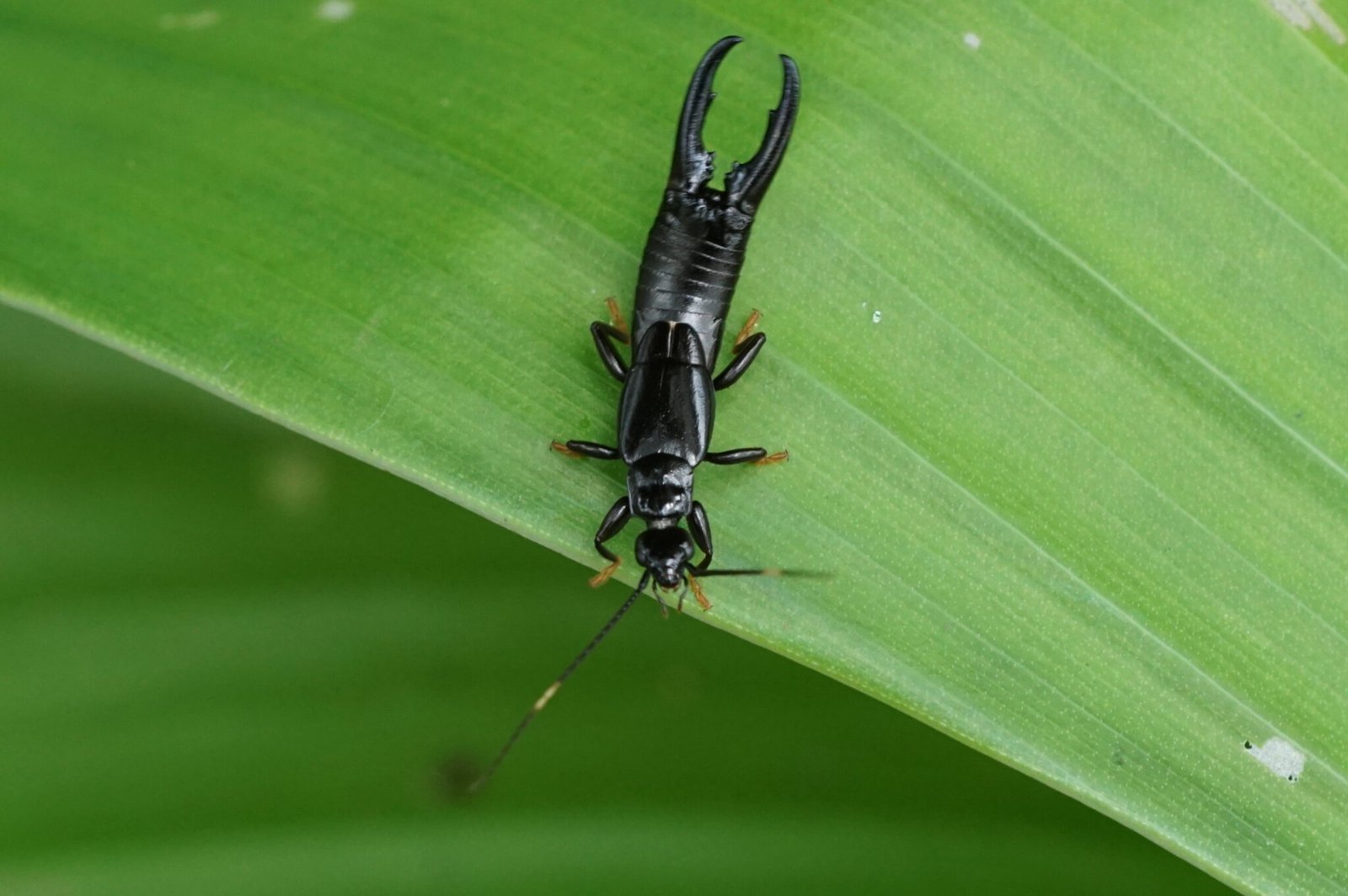Earwigs are distinctive insects that often evoke unease due to their intimidating appearance and old wives’ tales. While they can become a nuisance when they enter homes, these nocturnal creatures play a complex role in garden ecosystems. If you’re noticing these pincer-tailed insects around your property, it’s important to understand their nature and know when action might be necessary.
Overview
Earwigs are elongated insects, typically measuring 1/4 to 1 inch long, with a pair of forceps-like pincers at the end of their abdomen. Despite folklore, they do not crawl into human ears. Most species of earwigs prefer moist, cool places and are primarily active at night. They are omnivorous, feeding on both plant material and other insects.
The Impact of Earwigs
- Garden Impact: Earwigs can be both beneficial and harmful in gardens. They feed on pest insects like aphids, but may also damage soft fruits, flowers, and seedlings.
- Household Nuisance: While not typically harmful indoors, earwigs can become a nuisance when they enter homes in large numbers, often seeking moisture.
- Minimal Health Risk: Earwigs do not transmit diseases to humans. Their pincers can pinch if handled roughly, but this rarely breaks the skin.
- Psychological Effect: The appearance of earwigs can cause distress for some individuals due to their intimidating look and misconceptions about their behavior.

Identifying an Earwig Presence
Signs of earwig activity include:
- Sightings of the insects, especially in damp areas like basements or bathrooms
- Small, irregular holes in plant leaves or flower petals
- Earwigs hiding in moist, dark places like under rocks or in mulch
- Damage to soft fruits like strawberries or raspberries
When Professional Help is Necessary
In most cases, earwig issues can be managed without professional intervention. However, consider seeking expert help if:
- You’re experiencing persistent, large-scale earwig invasions
- DIY prevention and exclusion methods have proven ineffective
- You’re unable to locate or address the earwigs’ entry points
- The earwig presence is causing significant stress or garden damage
Professional pest control services can provide targeted treatments and help identify and seal potential entry points to prevent future invasions.
Prevention and Control
To prevent and control earwig populations:
- Reduce moisture around your home’s foundation and in the garden
- Remove hiding places like leaf piles, excess mulch, and debris near the house
- Seal cracks and gaps in your home’s exterior
- Use sticky traps or create simple pitfall traps using oil and soy sauce
- Consider introducing natural predators like birds to your garden
- Use diatomaceous earth around entry points and in the garden
Conclusion
While earwigs may appear threatening, they generally pose little risk to humans and can even be beneficial in garden settings. Understanding these insects and the conditions they prefer is key to effective management. By implementing simple preventive measures and addressing moisture issues, you can significantly reduce earwig populations around your home and garden. Remember that a few earwigs in the garden can be part of a healthy ecosystem. If earwig problems persist or become overwhelming, don’t hesitate to consult with a professional pest control service for additional guidance and solutions tailored to your specific situation. With proper management, you can maintain a balance that allows for the benefits of earwigs while minimizing their nuisance potential.
